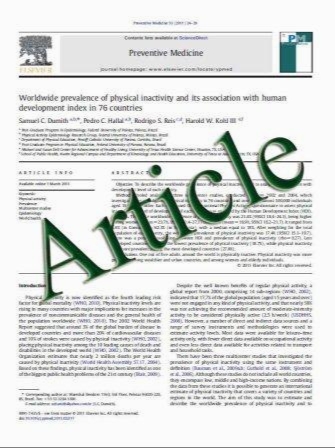Japanese Gastric Cancer Association Task Force for Research Promotion: clinical utility of 18F-fluoro-2-deoxyglucose positron emission tomography in gastric cancer. A systematic review of the literature
- نوع فایل : کتاب
- زبان : انگلیسی
- مؤلف : Hideaki Shimada Shinichi Okazumi Masamichi Koyama Koji Murakami
- چاپ و سال / کشور: 2011
Description
Since April 2010, the Japanese Public Health Insurance System has covered the costs incurred for performing 18F-fluoro-2-deoxyglucose positron emission tomography (FDG-PET) imaging for patients with advanced gastric cancer. The aim of this review was to evaluate the clinical impact of PET for patients with gastric cancer. A systematic literature search was performed in PubMed/MEDLINE using the keywords ‘‘gastric cancer’’ and ‘‘PET’’ to search for relevant articles published from January 2000 to September 2010. The clinical impact of selected articles was assessed by the authors to evaluate the following: (a) tumor staging, (b) diagnosis for recurrent disease, (c) evaluation of treatment response, and (d) screening for gastric cancer. FDG uptake increases in papillary adenocarcinoma, tubular adenocarcinoma, and solid-type poorly differentiated adenocarcinoma. This uptake is also associated with glucose transporter 1 expression. The sensitivity and specificity of FDG-PET for metastatic lymph node detection were 21–40% and 89–100%, respectively. The sensitivity and specificity for distant metastasis detection were 35–74% and 74–99%, respectively. Treatment response can be detectable at an earlier stage by PET than by computed tomography (CT), because FDG uptake by cancer cells decreases according to the treatment response. In summary, although PET has limitations such as frequent false-negative cases in signetring cell carcinoma and non-solid type poorly differentiated carcinoma, it can contribute to the selection of a more appropriate treatment modality by detecting distant metastases and treatment response.
Gastric Cancer (2011) 14:13–21 DOI 10.1007/s10120-011-0017-5 Received: 11 November 2010 / Accepted: 29 November 2010 / Published online: 18 February 2011


